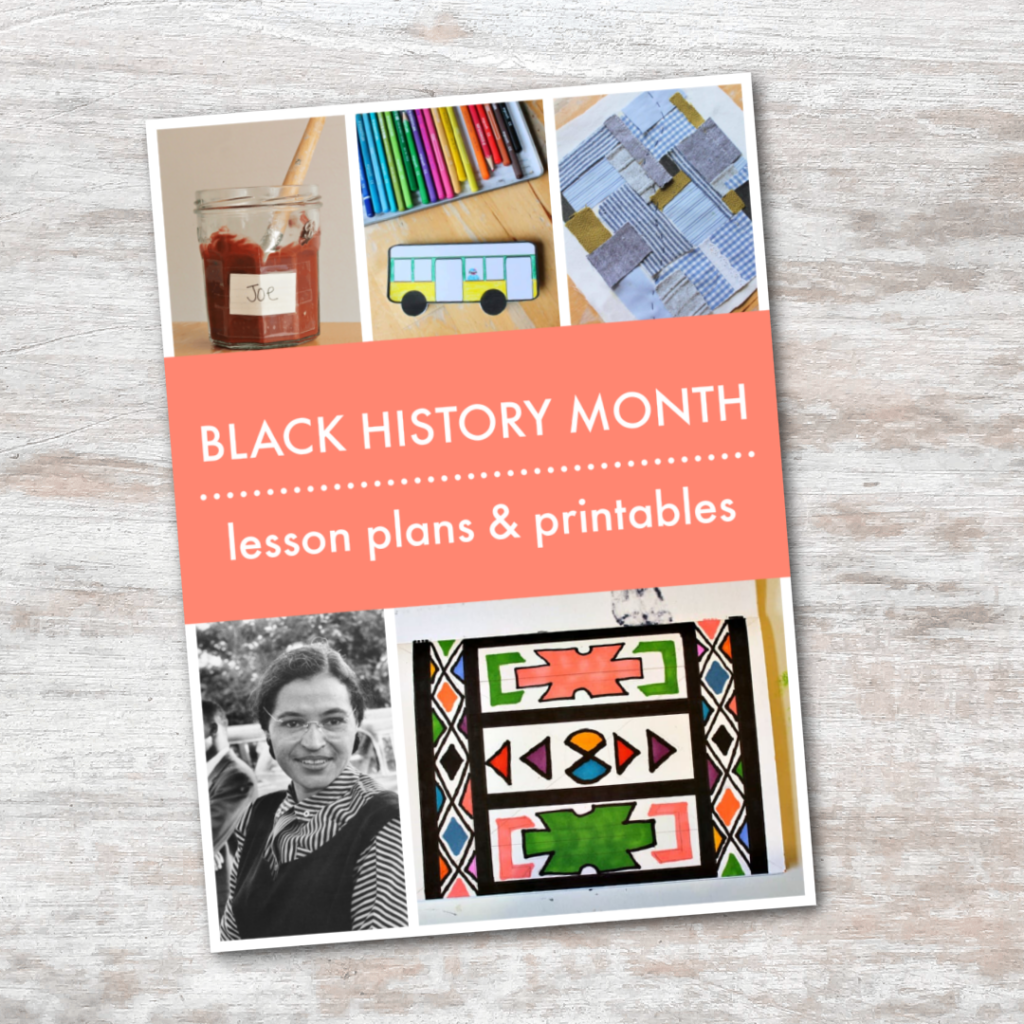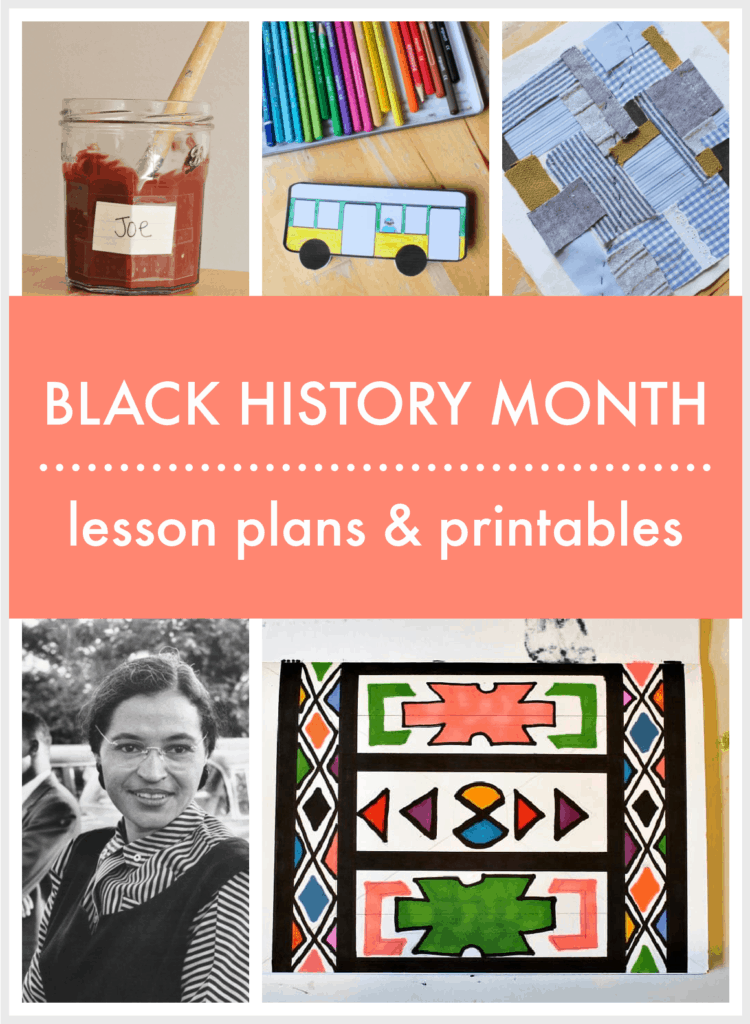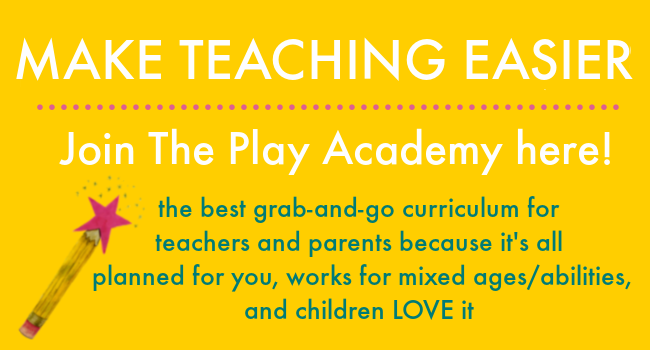Celebrate diversity, and learn about adjectives, with this skin colour lesson for children which is perfect for an All About Me theme or a diversity art lesson or as part of your Black History Month lesson plans.
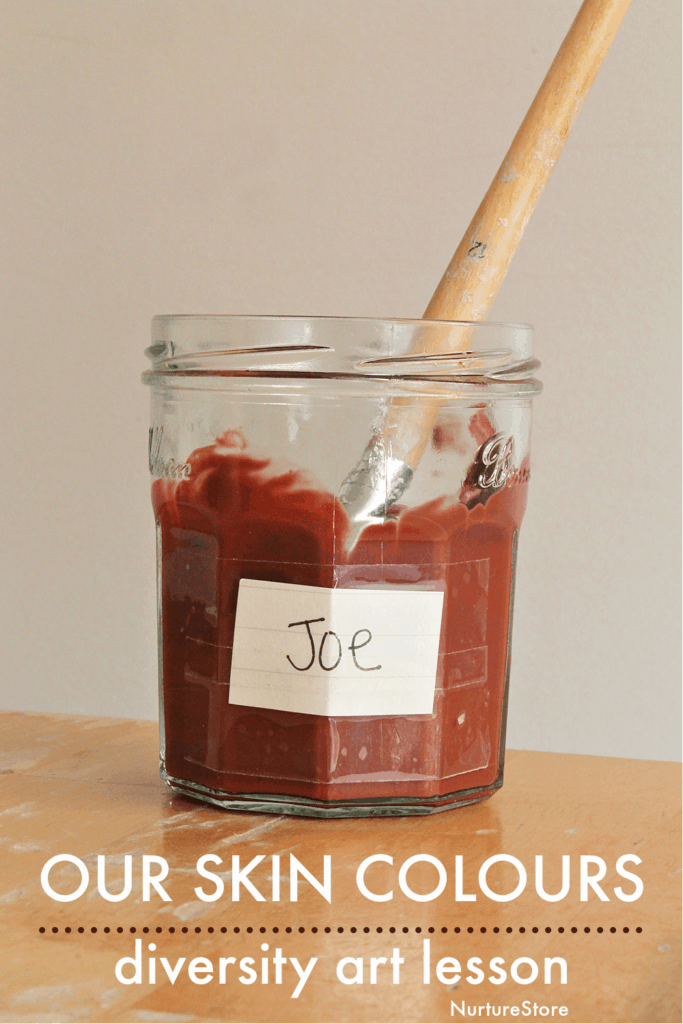
Skin colour diversity art lesson
> > QUICK RESOURCE > > Download our ready-made Black History Month Unit
This diversity lesson combines literacy with art as we use adjectives to describe our skin and mix up our unique shade of paint that we can use to paint portraits.
In this lesson children can:
:: look carefully, the way artists do, and talk about colours
:: learn about adjectives and use some to describe their skin colour
:: consider the variety of skin colours and what creates this diversity
:: mix up a unique pot of paint that matches their skin colour, to use for future art projects
:: extend the activity to paint a self-portrait
Download your complete read-made Black History Month Unit here.
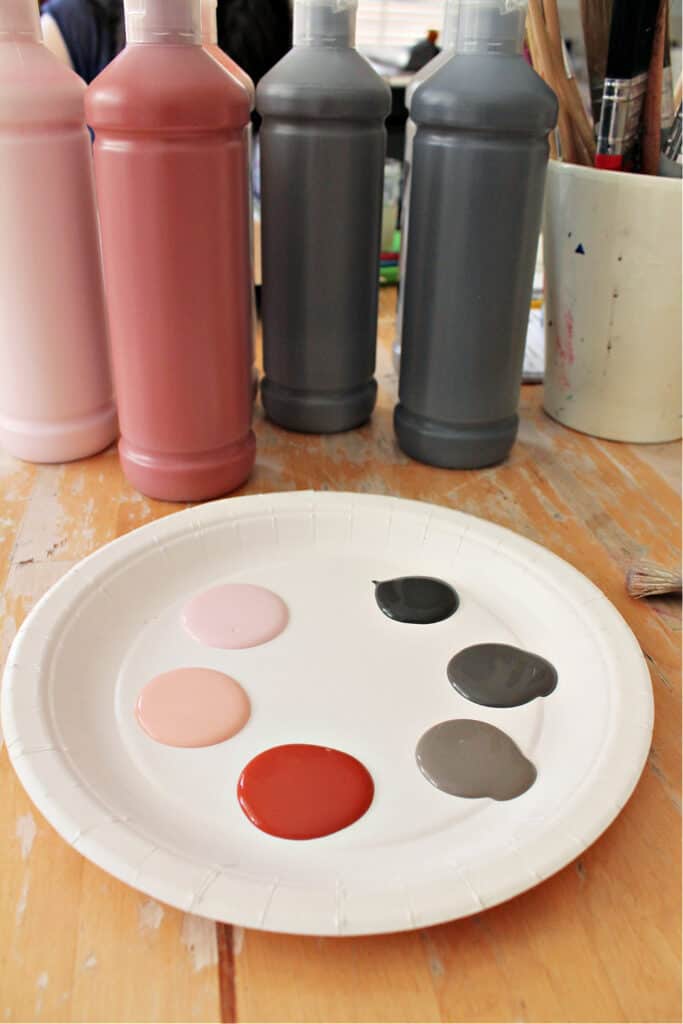
Materials needed
:: paints to mix skin colours: kits are available or you can mix shades of brown, pink, white, yellow and black
:: paint brushes
:: palette, paper plate or piece of card
:: small jar with a lid, one for each child
:: name labels
How to talk about skin colour
As artists we are good at looking very carefully at things. We also have lots of words to describe colour.
Look at a colour wheel and talk about the beautiful variety of colours we have and how they are made. Primary colours of red and yellow can mix to make orange. Red and white can mix to create pink. Colours can be lighter or darker with the addition of white or black.
We also have a wonderful variety of skin colours. Invite each child to take a look at their hand. What colour is it? Look carefully, like an artist. Is it exactly the same colour all over? Is your hand the same colour on the back as on your palm? Can you see any veins? Any freckles? Any scars?
What adjectives can we use to describe our skin colour?
Introduce the idea that we have special words called adjectives which we use to describe things. We might say a dog is friendly or a feather is soft. Friendly and soft are adjectives.
Invite your children to describe their own skin colour using adjectives. Be mindful that some words can have wider or negative associations. Some people do not like to have their skin described as food, for consumption, for example. By inviting children to give words to their skin colour we can respect they way they wish to describe themselves, perhaps reflecting the way they are described at home in their family.
Some neutral words you may use include:
Black, White, Brown, Pale, Dark, Light, Medium, Warm, Cool, Deep, Tanned, Yellow, Pink, Beige, Amber, Albino
You might also talk about freckles, birth marks, scars and vitiligo.
Interesting facts about skin
Ask your children what they know about skin. Do your children know:
:: that even though we have a wide variety of skin colour, inside our bodies we are all the same. Our blood, hearts, lungs, bones and all the rest of our bodies are the same
:: our skin is the biggest part of our body
:: our skin keeps our insides in, and keeps germs and dirt out
:: our skin can help keep us cool when it’s hot and warm when it’s cold
:: our skin is made of two layers: the inside layer is called the dermis. This layer is full of nerve receptors which can detect touch and pain. The outer layer is called the epidermis and is the part we can see. The epidermis is full of sweat pores and hairs.
:: our skin colour is determined by how much melanin we have in our skin. If you have more melanin in your skin it will be darker. Freckles are also made by melanin.
:: our skin can get darker if we go out in the sun. It’s thought that our skin acts to protect ourself from the ultraviolet sunlight from the sunshine by giving us extra dark protection.
:: we inherit genetic information from our parents that effects what skin colour we have. Our skin colour is an indication of what colour skin our parents, grandparents and other ancestors had.
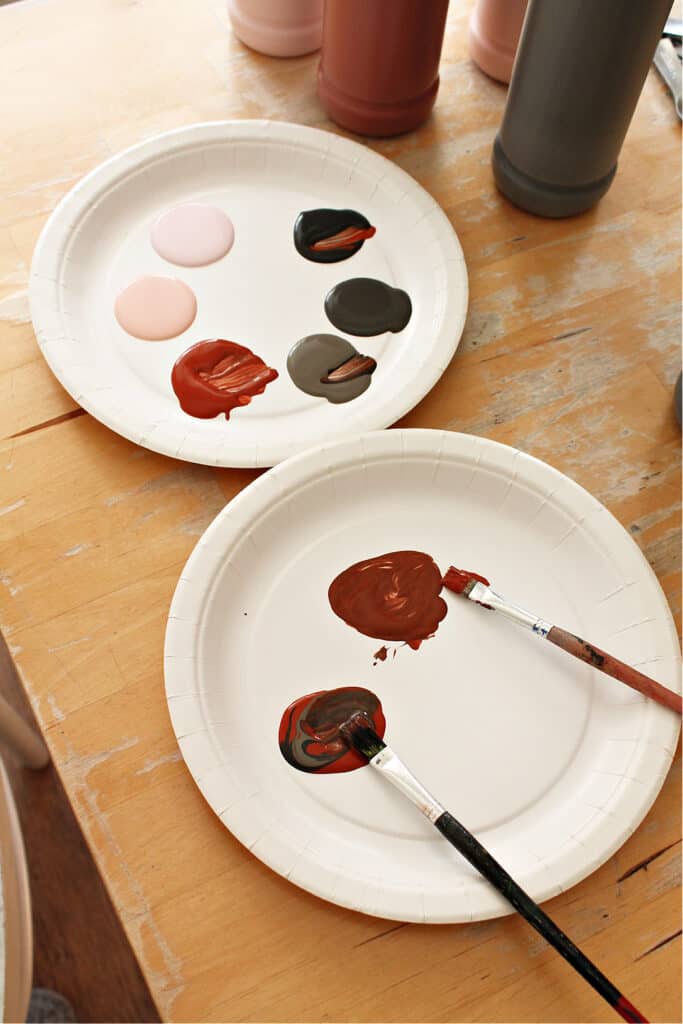
Our unique paint colour
Once you have talked about skin colour and had a very careful look at your own skin, each child can mix up a unique paint colour that matches their skin. They’ll be able to use this paint in future projects.
Take a range of skin colour paints (you can buy a kit or use shades of brown, pink, yellow, white and black to begin with) and use them to make a paint colour that is the same colour as you.
Start with the closest shade to your skin and add little amounts of other colours to blend your colour. If you’re adding black or dark brown, just use a tiny amount at first – you can always add more.
Maybe you need a little pink or yellow or even green to get the right combination?
Experiment with the paints until you create a colour that you are happy with.

You can create a class colour palette by painting a little of each child’s paint onto a piece of card. Add each child’s name next to their colour.
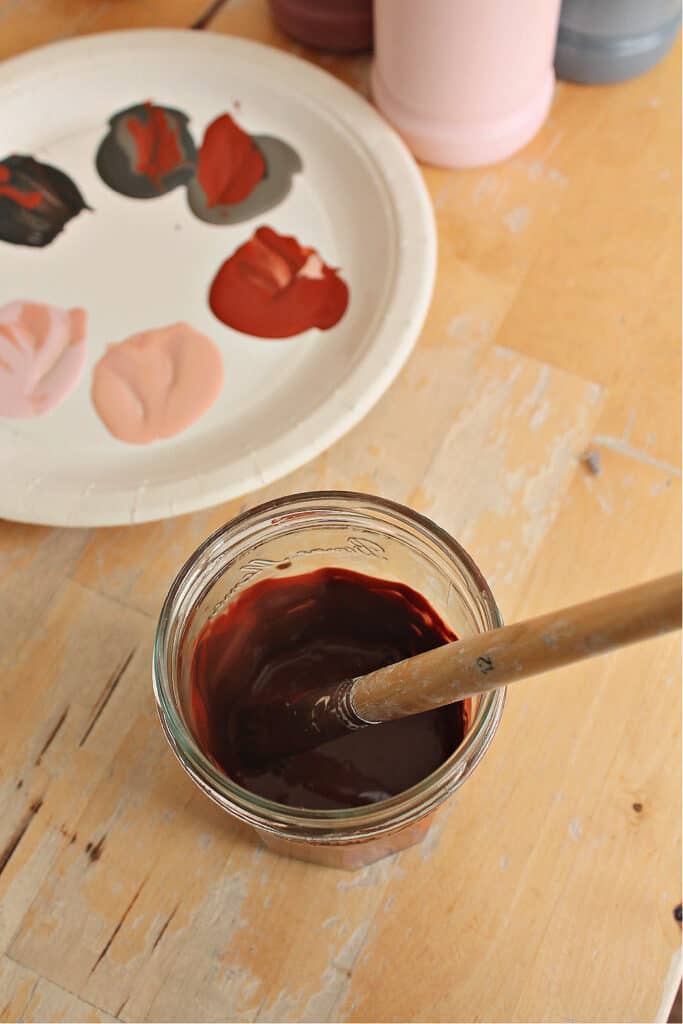
Make enough individual paint so that you can store it, in a jar with a lid, for future art projects. This will mean each child will always be able to see themselves in their art work, and your class’s future paintings will reflect the diversity of all classmates.
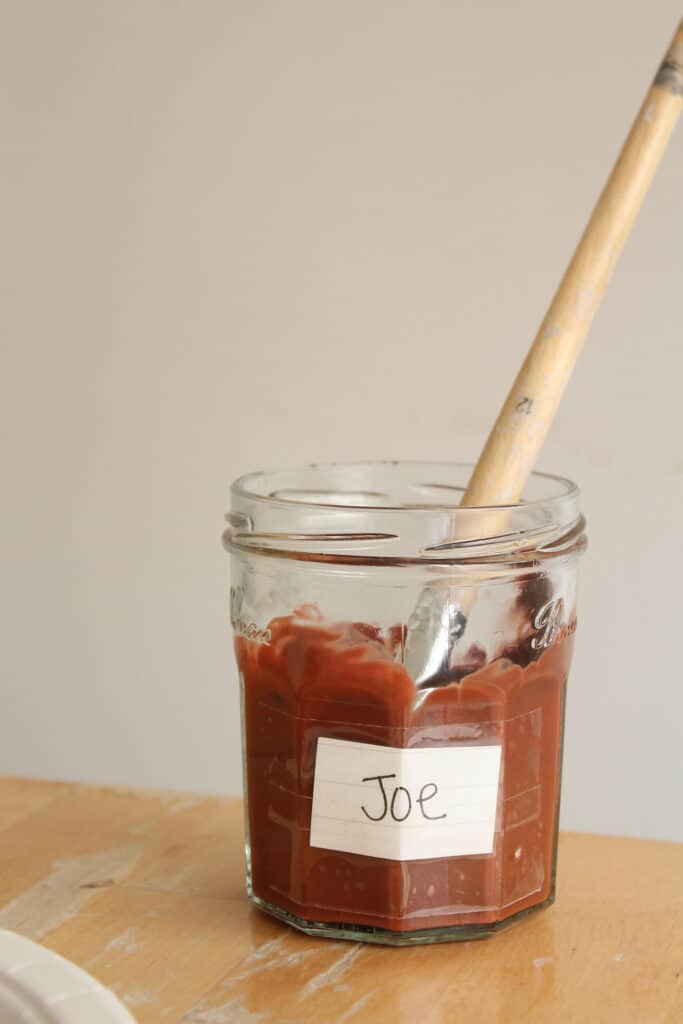
How to use the skin paints
Each child might like to paint a self portrait using their skin paint.
Keep the paint pots readily available so that any time your children are painting they can have their characters reflect themselves.
If you children are painting pictures of their friends, they might like to ask to use that child’s special paint too.
Download your ready-made Black History Month Unit
February is the month Black History is remembered and celebrated in the US, and for the UK it’s October. Download your copy of the Play Academy’s ready-made Black History Month Unit and you’ll be ready to lead a set of engaging Black History Month activities with your children.
In these Black History month lesson plans your children can:
:: learn about Black History Month: what it is and why it is important
:: explore identity and make multicultural faces
:: learn about Rosa Parks and make their own ‘bus book’
:: learn about the art of the Gee’s Bend Quilters and make their own quilt project
:: learn about Esther Malangu and try their own designs inspired by south African art
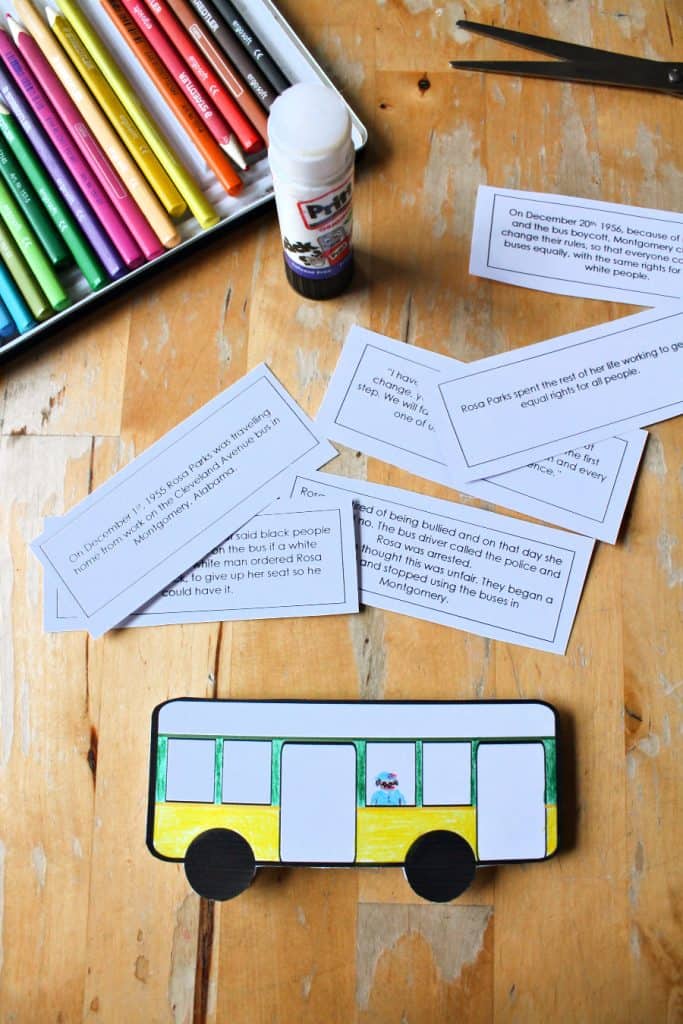
Bonus Black History Month thematic unit printables
The Play Academy’s thematic units come with practical printables that make the lessons more engaging for your children and easier for you to teach.
No need to go searching for printables to accompany your lessons, they’re all included when you download your chosen unit.
In this Black History Month Unit you’ll receive these bonus printables:
:: make-your-own Rosa Parks Bus Book printable
:: Multicultural Faces play dough mats
How to download this Black History Month thematic unit
You can download this unit along with over 50 more from NurtureStore’s Play Academy.
If you are already of the Play Academy, you can download this unit straight away from our Library here.
If you are not yet a member, find out more and choose your first unit here. Your teaching is about to get a whole lot easier!


